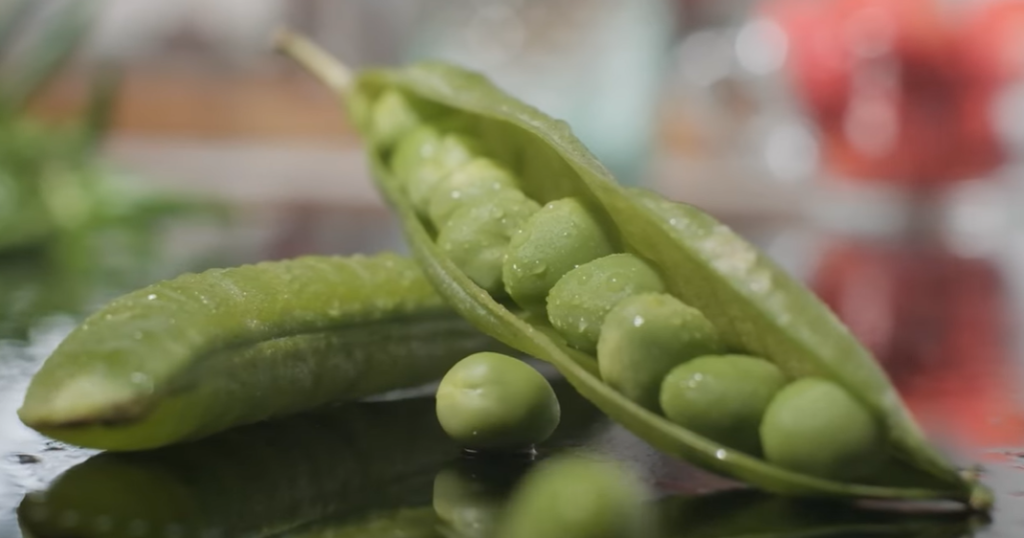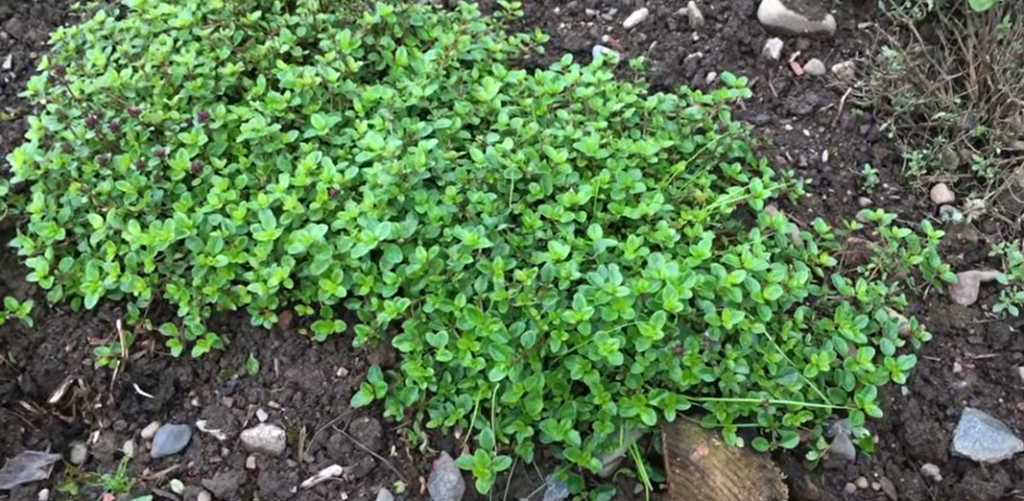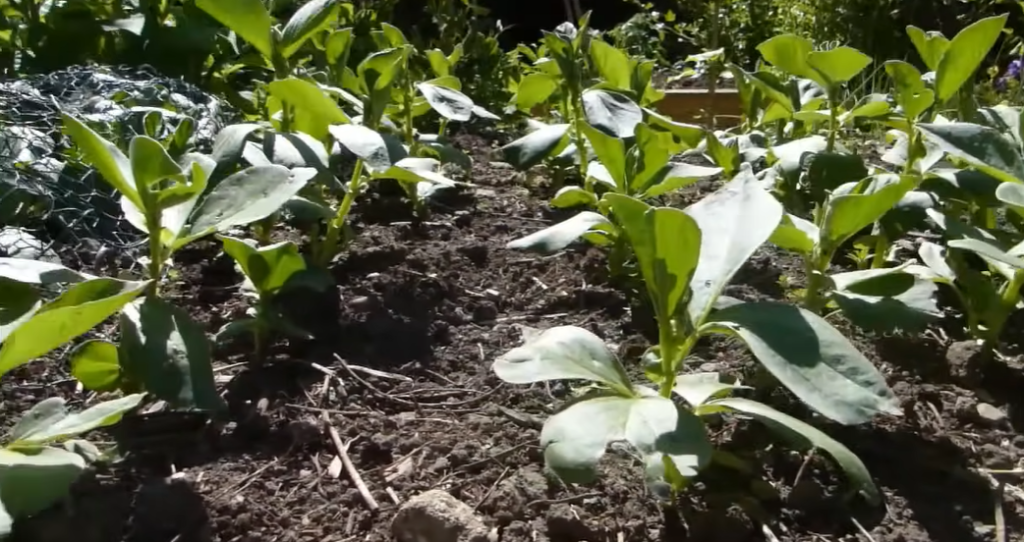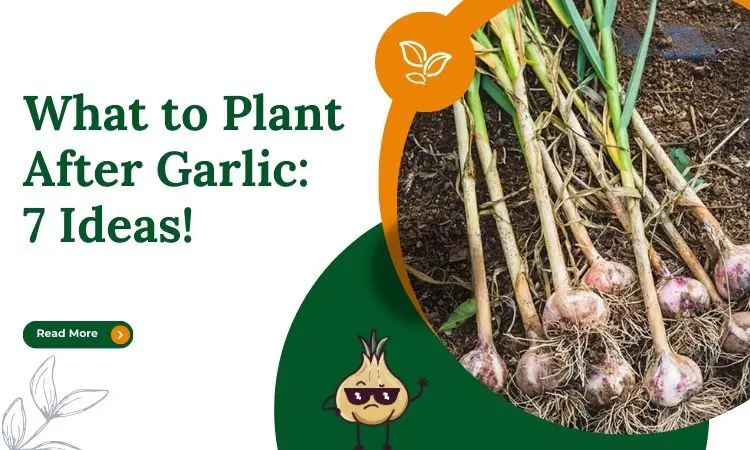You can plant legumes after garlic to fix the nitrogen levels in the soil. Leafy greens are also the right choice to plant after garlic. They can use the nutrients left by garlic. Root vegetables, brassicas, and tomatoes have different nutrient requirements than garlic. So they are good choices too.
This is just the start. I have discussed more on what to plant after garlic. Keep scrolling to know all the details.
Contents
What to Plant After Garlic: At A Glance
Several options are available to plant after garlic. The table below will give you a quick look at the crops you can choose.
| Plant | Reason |
| Legumes | Replenish Soil Nitrogen Levels |
| Leafy Greens | Benefit from The Nutrients Left |
| Root Vegetables | Different Nutrient Requirements |
| Brassicas | Different Nutrient Requirements |
| Herbs | Add Variety to The Garden |
| Cover Crops | Enriches The Soil |
| Tomatoes | Different Nutrient Requirements |
What to Plant After Garlic: Detailed Discussion
Similar to choosing garden supplies, selecting the right crop to grow after garlic can be confusing. So I am going to discuss the matter in detail. Keep reading to get rid of all of your doubts.
Legumes:
Planting legumes after garlic is a smart choice for soil enrichment. Legumes have a unique ability to fix nitrogen in the soil. They do this through a symbiotic relationship with nitrogen-fixing bacteria.

This process enhances soil fertility. Garlic is a nutrient-intensive crop. It uses nutrients like nitrogen in high amounts. As a result, the soil suffers from nitrogen deficiency after garlic cultivation.
Legumes work as a natural nitrogen replenisher at this time. They promote optimal conditions for the subsequent plants. The atmospheric nitrogen converted by legumes is utilized by plants.
Additionally, legumes also ensure a well-balanced ecosystem. This is very essential for a sustainable garden environment. So it is a very wise decision to plant legumes like peas and beans after garlic.
Leafy Greens:
Planting leafy greens after garlic is a great strategic move. There are several reasons behind this plantation. Leafy greens consist of shallow root systems. These roots ensure efficient resource utilization. As a result, competition for nutrients is prevented.
Leafy greens are an ideal change after growing garlic. They are different in both flavor and nutritional composition. As a result, the harvest of the garden is diversified. Lettuce, spinach, and kale are some notable leafy greens to plant after garlic.
Moreover, these greens are rich in vitamins and minerals. These nutrients complement the nutrient profile left by garlic. Planting leafy greens also helps to form a harmonious crop sequence. As a result, the overall productivity of the garden is maximized.
Root Vegetables:
Root vegetables include different vegetables like carrots, radishes, and beets. Root vegetables have distinct nutrient requirements. So choosing these vegetables after garlic offers a wide range of benefits for the garden.

The root structures of root vegetables prevent nutrient competition with garlic. Garlics are shallow-rooted. So they consume nutrients from the upper layer of the soil. Meanwhile, root vegetables take nutrients from deep layers of the soil.
As a result, efficient nutrient uptake and a well-balanced soil profile are ensured by cultivating root vegetables. Moreover, growing vegetables like carrots helps to break up compacted soil. This is highly beneficial for the soil structure.
Besides these benefits, planting root vegetables also helps to optimize space. This harvest promotes diverse crop growth and benefits the garden ecosystem.
Brassicas:
Opting for brassicas following garlic is a wise choice. Growing brassicas is very helpful for effective pest and disease management. Garlic is quite susceptible to specific pests like maggots, aphids, and thrips.
And planting brassicas disrupts the life cycles of these pests. This phenomenon reduces the risk of infestation. Brassicas include cabbage, broccoli, cauliflower, and Brussels sprouts.
These crops also have different nutrient requirements. So they contribute a lot to a well-balanced soil. Also, brassicas ensure crop diversity. As a result, the overall resilience of the garden is enhanced.
This strategic crop rotation also favors a healthier and sustainable garden ecosystem. Thus optimal plant growth and a hefty harvest are ensured.
Herbs:
Choosing herbs after garlic cultivation provides several benefits to the garden. Herbs are an excellent choice to add variety to the garden. They introduce a flavorful diversity to your culinary endeavors. Also, the overall richness of the harvest is enhanced.

Basil, cilantro, and parsley are some common herbs to grow after garlic. These herbs also have natural pest-repelling properties. As mentioned earlier, garlic is very prone to several pests. So planting herbs after garlic helps to discourage pest growth.
As a result, the risk of pest buildup is reduced. Besides these benefits, herbs have different nutrient requirements. Their growth habit is also dissimilar to garlic. This distinction promotes a balanced garden environment.
Cover Crops:
Integrating cover crops following a garlic harvest offers substantial benefits. Especially, the long-term health of the garden is helped by these crops.
Cover crops serve as green manure to the soil. Thus they enrich the soil with organic nutrients during off-season. These crops are also very useful for sustainable gardening practices. Cover crops like clover or vetch protect the soil from erosion.

They suppress weed growth too. Overall, cover crops contribute a lot to enhancing the soil structure and improving fertility. So you won’t have to make garden fertilizer to improve the quality of the soil.
Moreover, cover crops act as a protective barrier to the soil. They prevent nutrient runoff and ensure that the garden remains resilient.
Tomatoes:
Planting tomatoes after garlic can be very advantageous. Tomatoes have different nutrient requirements than garlic. Thus they ensure the utilization of nutrients left behind in the soil. This helps optimize soil health and increase fertility.
However, growing tomatoes after garlic also require much caution. Both of these crops shared some vulnerabilities. One of them is the white rot. The risk of white rot can be eliminated by strategic placement of the plants.
Also, growing disease-resistant varieties of tomatoes are helpful to mitigate this disease. The enriched soil from garlic cultivation benefits tomatoes. So a robust growth of tomatoes can be easily expected. Thus, this sequence maximizes garden productivity.
Factors to Consider While Choosing Plant After Garlic
Many factors need to be considered before choosing a plant to grow after garlic. I will provide the major factors in this segment to help you decide.
- The Root Structure of plants plays a significant role in soil health. Varying the depth of the root helps to break up compacted soil. Since garlic is a plant with shallow roots, make sure to choose a crop with long roots for the next plantation.
- Effective Nutrient Management is crucial for successful crop rotation. For example, garlic feeds heavily on nitrogen. Choosing a plant that fixes nitrogen after garlic will help to restore the soil.
- Weed Suppression is very important in crop rotation. It minimizes competition for nutrients and resources. Cultivating fast-growing crops like leafy greens after garlic can help suppress weed growth.
- Disease and Pest Management are paramount for healthy plants. Just like getting rid of voles, it’s important to get rid of pests too. It is possible to disrupt the life cycles of specific pests by rotating crops. Planting brassicas after garlic breaks the life cycle of pests that feed on garlic.
- Optimizing Space and Resources is essential for maximizing productivity. A balanced and sustainable gardening system needs careful management of space and resources.
Conclusion
This is all you need to know on what to plant after garlic. Now it’s your turn to select a crop and start harvesting.
A garden is a place that relaxes us and reflects our personal style, it’s a place to spend time with loved ones and grow our own fruits and vegetables. Maybe you’re looking for design inspiration or plant selection, or you’re concerned about garden privacy, shady areas, or pests, but don’t worry, you’ve come to the right place.
